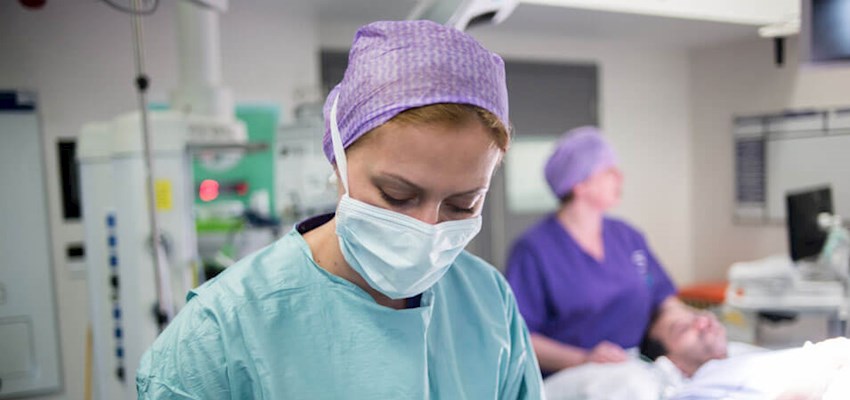Birthmarks (children)
Birthmarks in children
HCA UK's experts can help to diagnose and treat a range of birthmarks in children. Find out more.
What is a birth mark?
A birthmark is a coloured mark that is visible on the skin or inside the body. Birthmarks can either be present at birth or will develop soon afterwards. Birthmarks are caused by overgrowth of blood vessels, melanocytes, smooth muscle, fat, fibroblasts, or keratinocytes. There are several types and some are more common than others.
The most common types of birthmarks are:
The most common types of birthmarks are:
- vascular birthmarks (which occur as a result of abnormal blood vessels and are blue, pink, purple or red in colour)
- pigmented birthmarks (which are caused by clusters of pigment cells and are tan or brown in colour).
Types of birthmarks in children
Salmon patches
Salmon patches (stork marks) are a common type of vascular birthmark appearing at birth on the eyelids, neck or forehead. Most fade in a few months.
Infantile haemangiomas
Infantile haemangiomas are sometimes known as strawberry marks. They are particularly common in girls and usually disappear by the age of seven.
Capillary malformation
Capillary malformation (also known as port wine stains) usually affect newborn babies. Most are permanent and will deepen in colour over time.
Café-au-lait
These are coffee coloured skin patches. Some children have one or two, but if more than six are present by the age of five, you should see your GP.
Mongolian spots
These blue-grey birthmarks look like bruises and are usually present from birth. Although they may last for months or years, they usually disappear.
Congenital melanocytic naevi
These large brown or black moles are usually present from birth. They usually become smaller over time, but can darken and become hairy or bumpy.
Need to know
-
Identifying a birthmark icon plus
Birthmarks can occur anywhere on your skin, as well as inside your body.
Most are harmless and will fade over time but some will require further treatment for medical or cosmetic reasons.
At HCA UK, our team of dermatologists specialise in the diagnosis and treatment of a range of paediatric skin-related conditions, so if you are unsure whether the area is a birth mark a consultation with a specialist can confirm this. -
How is a birth mark diagnosed? icon plus
Your GP or consultant will discuss your child’s birthmark with you. Tests they may recommend to diagnose the type of birthmark include:
- Examining the skin on your child’s face, chest, back, arms and legs to check the extent of their condition
- Ultrasound scan or MRI scan to check for internal birthmarks
-
Potential treatment options icon plus
Treatment options for your child’s birthmark depend on the nature of their condition.Your GP or consultant may recommend:
- Excision (surgery) to remove the birthmark
- Plastic surgery to improve the appearance of the skin
- Medicine such as steroids to shrink the birthmark
- Laser treatment to reduce the size of an internal birthmark
- Camouflage make up
Our paediatric dermatologists
We're proud to work with leading dermatologists with expertise in diagnosing skin conditions with children, and whose skills are matched by their integrity and compassion.




Our locations
From complex skin cancer surgery to diagnostic tests and procedures, we provide exceptional dermatological care across our network of hospitals, outpatient centres and specialist clinics.
-
The Wellington Hospital Elstree Waterfront
The Waterfront Business Park
Beaufort House, Elstree Road
Elstree WD6 3BS
Request an appointment with a paediatric specialist
To request an appointment, call our team in the paediatric unit
Call us on
020 3918 6525
This content is intended for general information only and does not replace the need for personal advice from a qualified health professional.